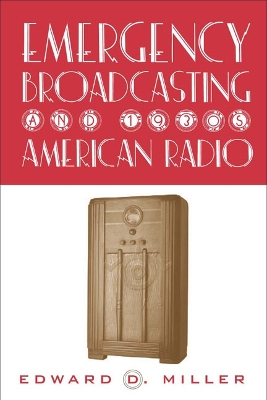The voice we hear on the radio--the voice with no body attached--is a key element in the history of media in the twentieth century. Before television and the internet, there was radio; and much of what defined the makeup of these newer media was influenced by the way radio was broadcast to people and the way people listened to it. Emergency Broadcasting focuses on key moments in the history of early radio in order to come to an understanding of the role voice played in radio to describe national crises, a fictional invasion from outer space, and general entertainment. Taking the Hindenburg disaster, The War of the Worlds hoax, Franklin Roosevelt's Fireside Chats, and the serial mystery The Shadow as his focal points, Edward Miller illustrates how the radio, for the first time, instantly communicated to a mass audience, and how that communication--where the voice counts more than the image--is still at work today in television and the World Wide Web.
Theoretically sophisticated, yet grounded in historical detail, Emergency Broadcasting offers a unique examination of radio and at the same time develops a complex understanding of the media whose birth is owed to the innovations--and disembodied power--established by it. Author note: Edward D. Miller is Chair of the Department of Media Culture at The College of Staten Island/CUNY.
- ISBN10 1566399939
- ISBN13 9781566399937
- Publish Date 11 December 2002 (first published 11 January 2001)
- Publish Status Active
- Publish Country US
- Imprint Temple University Press,U.S.
- Format Paperback (US Trade)
- Pages 256
- Language English
